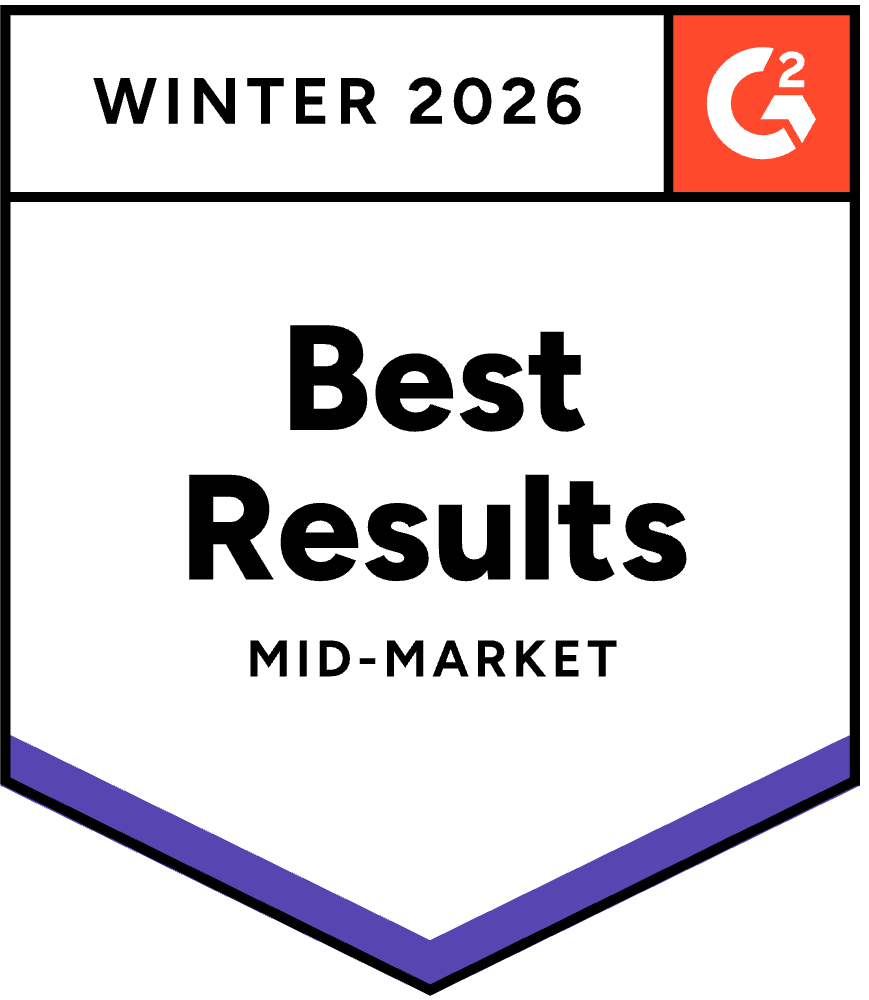



Discover more integrations
No items found.
Get in touch CTA Section
Lorem ipsum dolor sit amet, consectetur adipiscing elit, sed do eiusmod tempor incididunt ut labore et dolore magna aliqua.
Frequently asked questions
What role does data observability play in Shippeo's customer experience?
Data observability helps Shippeo’s Customer Experience team respond quickly to issues like missing GPS data or unusual spikes in transport orders. Real-time alerts empower them to act fast, communicate with customers, and keep service levels high.
Why is data observability important for business outcomes?
Data observability helps align technical metrics with strategic business goals. By monitoring real-time metrics and enabling root cause analysis, teams can quickly detect and resolve data issues, reducing downtime and improving decision-making. It’s not just about the data, it’s about the impact that data has on your business.
What are some common consequences of bad data?
Bad data can lead to a range of issues including financial losses, poor strategic decisions, compliance risks, and reduced team productivity. Without proper data quality monitoring, companies may struggle with inaccurate reports, failed analytics, and even reputational damage. That’s why having strong data observability tools in place is so critical.
Why did Adaptavist choose Sifflet over other observability tools?
Callum and his team were impressed by how quickly Sifflet’s cross-repo data lineage tracking gave them visibility into their pipelines. Within days, they had a working proof of concept and were debugging in minutes instead of days. The unified view across their stack made Sifflet the right fit for scaling data observability across teams.
How does Sifflet support local development workflows for data teams?
Sifflet is integrating deeply with local development tools like dbt and the Sifflet CLI. Soon, you'll be able to define monitors directly in dbt YAML files and run them locally, enabling real-time metrics checks and anomaly detection before deployment, all from your development environment.
How does Sifflet’s observability platform help reduce alert fatigue?
We hear this a lot — too many alerts, not enough clarity. At Sifflet, we focus on intelligent alerting by combining metadata, data lineage tracking, and usage patterns to prioritize what really matters. Instead of just flagging that something broke, our platform tells you who’s affected, why it matters, and how to fix it. That means fewer false positives and more actionable insights, helping you cut through the noise and focus on what truly impacts your business.
Why is data reliability more important than ever?
With more teams depending on data for everyday decisions, data reliability has become a top priority. It’s not just about infrastructure uptime anymore, but also about ensuring the data itself is accurate, fresh, and trustworthy. Tools for data quality monitoring and root cause analysis help teams catch issues early and maintain confidence in their analytics.
What makes Etam’s data strategy resilient in a fast-changing retail landscape?
Etam’s data strategy is built on clear business alignment, strong data quality monitoring, and a focus on delivering ROI across short, mid, and long-term horizons. With the help of an observability platform, they can adapt quickly, maintain data reliability, and support strategic decision-making even in uncertain conditions.















-p-500.png)
